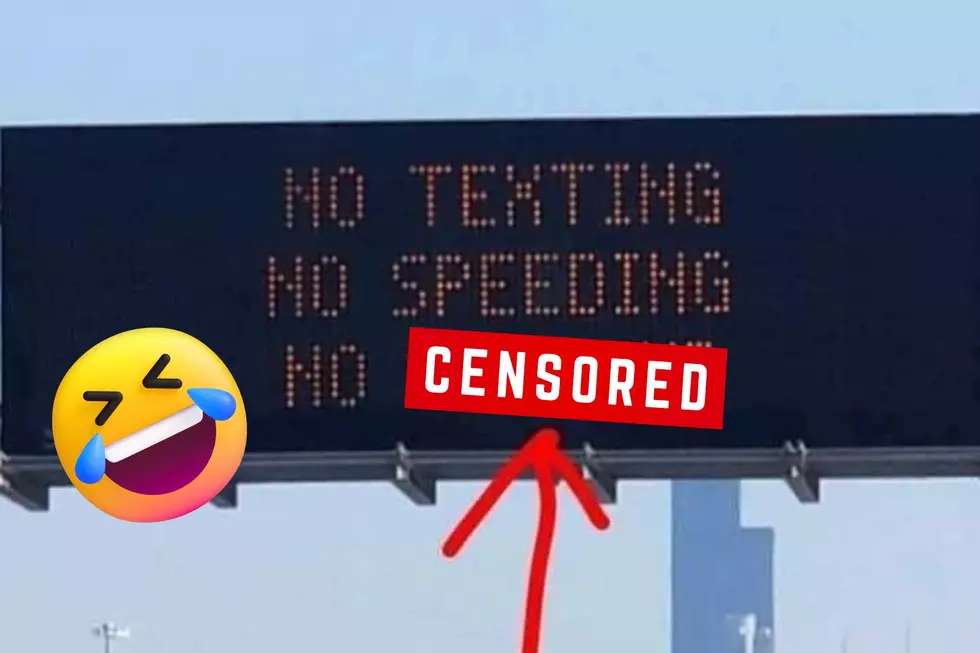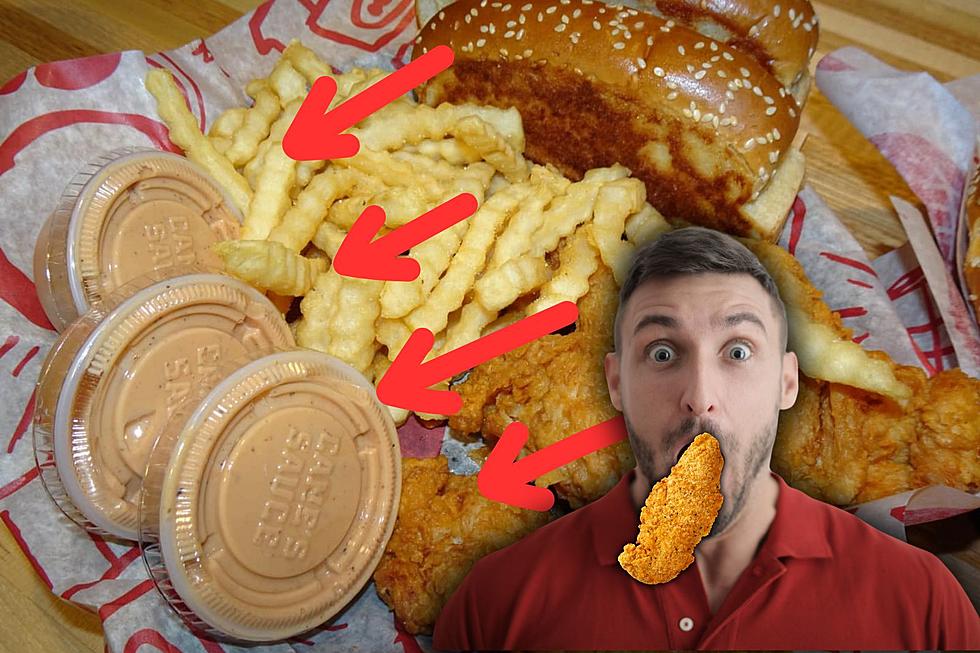
Haven’t Received Your Stimulus Yet? You May Get It Via Debit Card
There seems to be a lot more questions about the most recent round of stimulus money being distributed across the country than there were last time the feds were handing it out.
I'm guessing the first, and most-asked question would probably be "Where's my money? I myself have not asked that question because I tend to think that the arrival of a new purse for my wife might not be coincidental to the arrival of stimulus money, and I'm just going to avoid the topic altogether.
If you got your first stimulus payment via direct deposit, you probably have (or soon will) received your second payment the same way. However, when we get beyond the direct deposit method, a few question marks have popped up for people.
Cnet.com, in a piece entitled "Are you getting an EIP card instead of a stimulus check? What you need to know" says that the Internal Revenue Service (IRS) is sending out nearly twice as many "EIP cards" than it did during the first round of stimulus payments. EIP stands for Economic Impact Payment, but it works it much the same way as a debit or gift card.
These Visa debit cards can be used to make purchases, get cash from in-network ATMs and transfer funds to your personal bank account without a fee. If you're sent one, after the card arrives, head to the EIP card website to activate it and learn more about how to use it.
If the IRS already has your banking information, you've probably already received your direct deposit. The questions being asked most (after "Where's my money?") are regarding whether people will get a paper check or an EIB card. The weird thing about that is the IRS says that if you got a paper check last time, you may receive an EIB card this time. If you got an EIB card last time, you may get a check this time. They're not saying exactly why.
50 Famous Brands That No Longer Exist
More From 97 ZOK








![[UPDATE] 5 Chain Restaurants We Want to Come to Rockford](http://townsquare.media/site/721/files/2024/04/attachment-FI-Chain-Restaurant-Wishlist-2.jpg?w=980&q=75)
